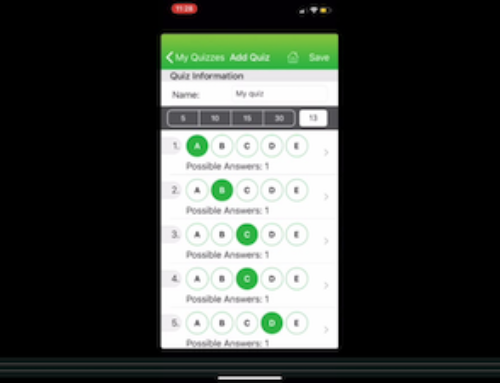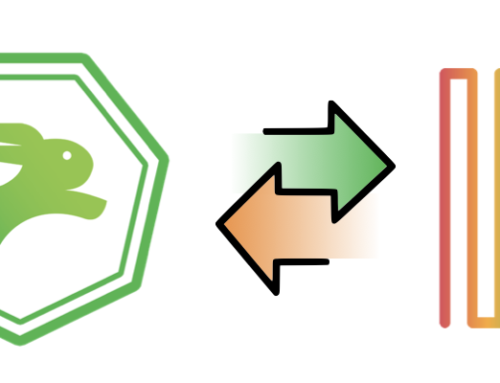Getting Girls to Code
Accordiing to Nitasha Tiku of the New York Times, “A huge nationwide push is underway, funded by the nonprofit Code.org’s corporate and billionaire donors, from Amazon and Google to Bill Gates and Mark Zuckerberg, to introduce American schoolchildren to coding and to redefine it as a basic skill to be learned alongside the three R’s. Code.org’s curriculum has been adopted by 20,000 teachers from kindergarten to 12th grade.”
Despite this push there is still a dramatic disparity between men and women in the field of coding. According to the Times, “But if coding is the new lingua franca, literacy rates for girls are dropping: Last year, girls made up 18.5 percent of A.P. computer science test-takers nationwide, a slight decrease from the year before. In three states, no girls took the test at all. An abysmal 0.4 percent of girls entering college intend to major in computer science. And in 2013, women made up 14 percent of all computer science graduates — down from 36 percent in 1984.”
As educators, we know the importance of role models for students. Teaching is about so much more than just the transmission of information, it is about the art of inspiration. The Times grasps this in the article, “One X factor seems to be the presence of female role models, which can be hard to come by when you’re one of the only girls in your computer science class.” It is crucial for us as teachers to be these role models for students, and when we can’t be the role models to introduce students to those who can. In our obsession over test scores and standards, it is key that we never forget the human element in education.




